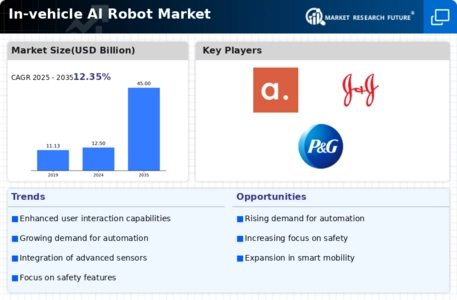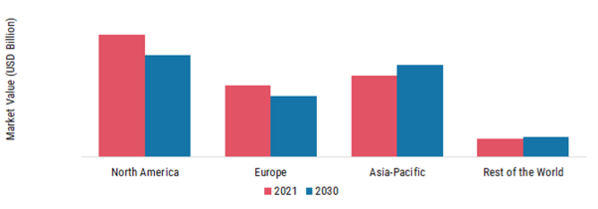Major market players are spending a lot of money on R&D to increase their product lines, which will help the In-vehicle AI Robot market grow even more. Market participants are also taking a range of strategic initiatives to grow their worldwide footprint, with key market developments such as new product launches, contractual agreements, mergers and acquisitions, increased investments, and collaboration with other organizations. Competitors in the In-vehicle AI Robot industry must offer cost-effective items to expand and survive in an increasingly competitive and rising market environment.
The major market players are investing a lot of money in R&D to expand their product lines, which will spur further market growth for hair care products. With significant market development like new product releases, contractual agreements, mergers and acquisitions, increased investments, and collaboration with other organizations, market participants are also undertaking various strategic activities to expand their presence. To grow and thrive in a market climate that is becoming more competitive and growing, competitors in the In-vehicle AI Robot industry must offer affordable products.
Manufacturing locally to cut operating costs is one of the main business tactics manufacturers use in the In-vehicle AI Robot industry to benefit customers and expand the market sector. The In-vehicle AI Robot market has recently given medicine some of the most important advantages. Major hair care product market players, including Motional Inc., Nauto Inc., Horizon Robotics, AutoX Inc., Argo AI, MG Motor, Predii Inc., Refraction AI Inc., Waymo LLC, Optimus Ride, Robert Bosch GmbH, Zoox Inc, and others, are attempting to increase market demand by funding R&D initiatives.
Motional is an autonomous vehicle technology company that specializes in the development of self-driving systems. The company was formed through a merger between Hyundai Motor Company and Aptiv and is headquartered in Boston, Massachusetts. Motional has operations in North America, Europe, and Asia and is focused on developing and deploying autonomous vehicles for both personal and commercial use. The company provides software and hardware solutions for autonomous vehicles, including sensors, cameras, and computing systems, as well as services such as mapping, simulation, and safety validation.
Motional is committed to advancing the technology of self-driving vehicles and is working with a range of partners, including automakers, technology companies, and government agencies, to bring autonomous mobility to the masses.
Nauto is a technology company that specializes in developing AI-powered driver safety and fleet management solutions. Nauto provides a range of products and services designed to enhance the safety and efficiency of fleet operations, including its AI-powered driver safety platform, which uses cameras and sensors to monitor driver behavior and provide real-time feedback and coaching. The company also provides fleet management solutions that help fleet owners and operators to optimize their operations, reduce costs, and improve efficiency. Nauto's solutions have been adopted by a range of customers in different industries, including commercial fleets, transit agencies, and logistics companies.
The company is committed to improving road safety and reducing accidents and incidents caused by human error.





